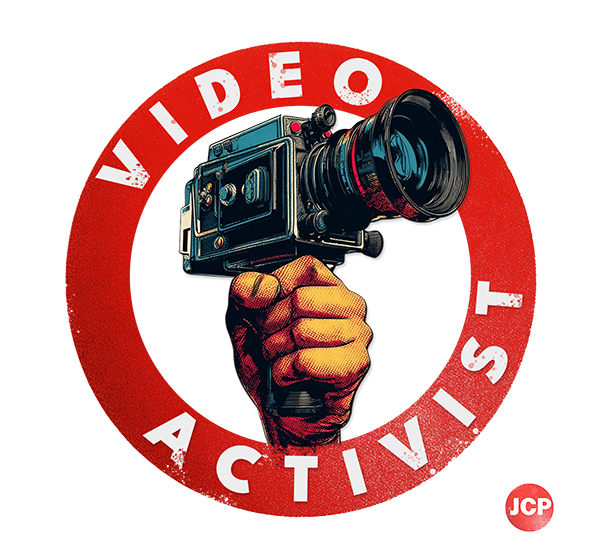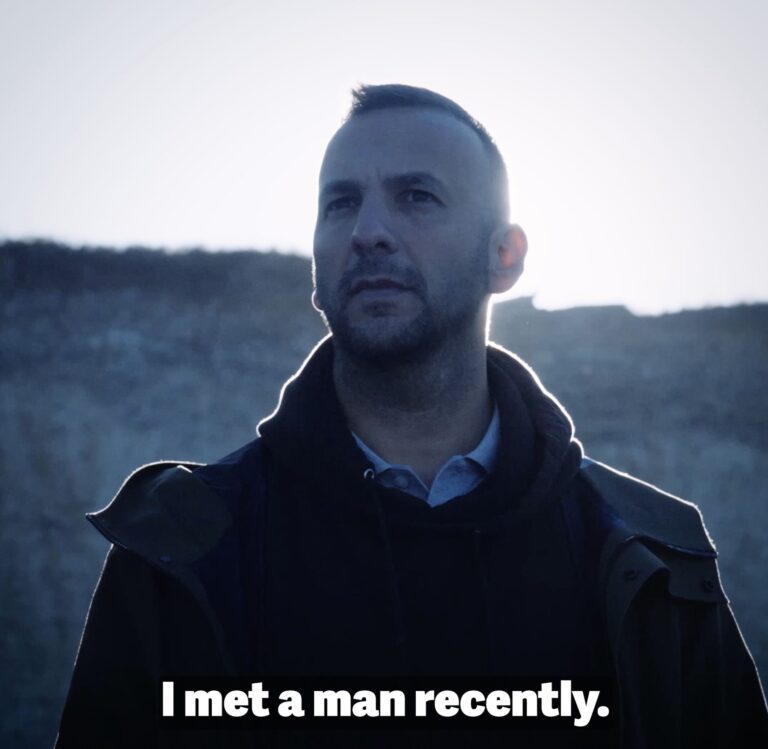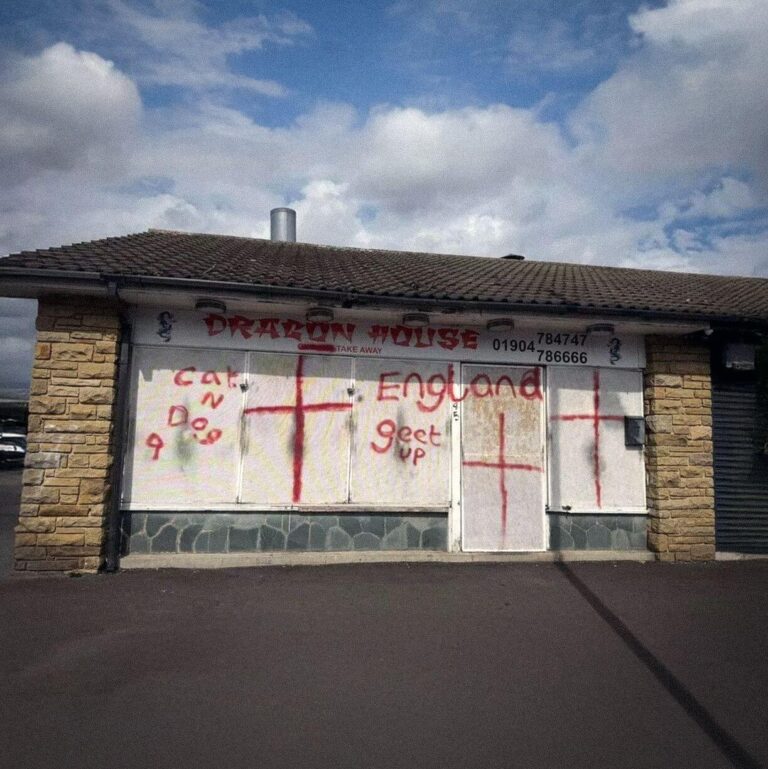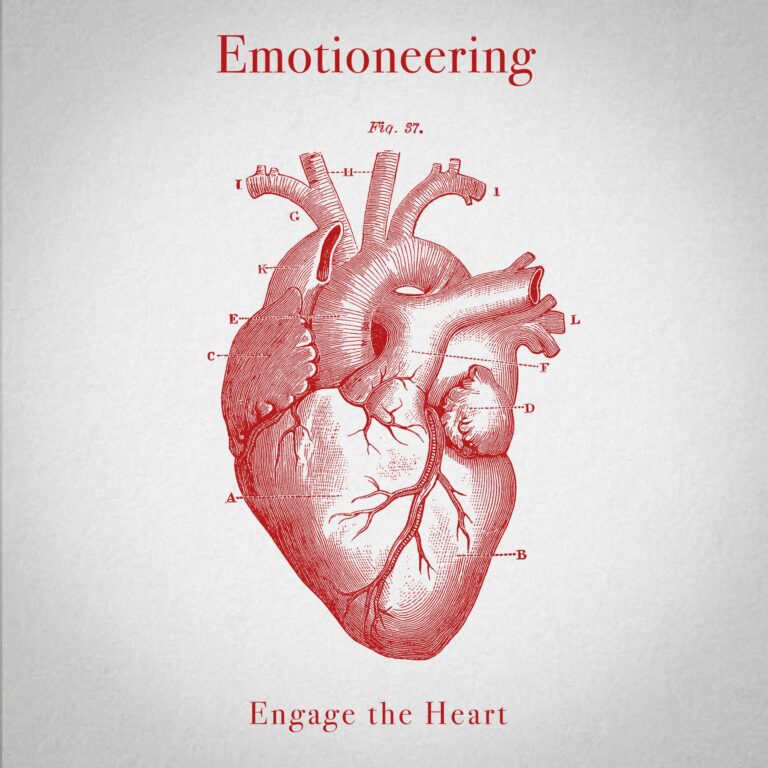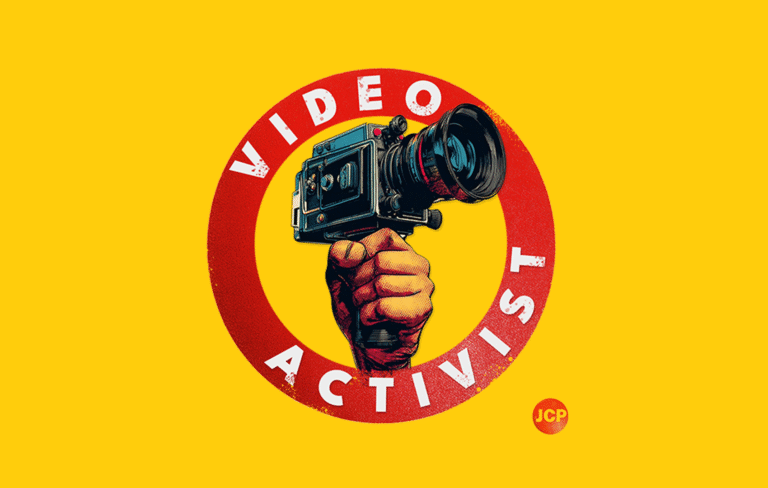The ‘small boats’ film I wrote and directed for Zack Polanksi was something I very much wanted to get traction, largely because the film’s message was something that desperately needed to be said.
What I didn’t know is that it would be dissected by YouTube influencers, end up in The London Economic, talked about on the BBC, and clock almost three million views on social platforms.
And I definitely didn’t expect to be on the other side of the camera, being interviewed about it.
I wrote and directed the film, and made a bunch of choices that script writers and film makers always make, editing rhythm, pace, location, when to use a gimbal, when to hand hold, but behind those choices there were narrative, symbolic, and visual approaches that I wanted to break down in this blog.
This is my first blog so forgive me if it gets nerdy, I’ve written it for anyone interested in narrative strategy, especially in politics, who wants to use story structure and symbolism to make their messages stick.
The Architecture Beneath the Message
Most people who watched the Zack Polanski leadership film saw a man walking at dawn, calling out the lie that migrants are to blame for our country’s ills, they saw a critique of scapegoating, a takedown of distraction politics, a challenge to the billionaire class hiding behind border panic and manufactured threats, and they’re right, because on the surface that is exactly what the film is.
But I’ve spent over a decade making political films, and I used to teach narrative theory at Hertfordshire University, and I’ve learned to think about story in layers, some things happen above the line, visible, graspable, immediate, and others happen below it, structural, symbolic, emotional, shaping what people feel before they know why.
This film was built on both, because beyond the surface small boats takedown there were four narrative choices I made that you might not have noticed and I wanted to share these with you.
Set-ups and Pay-offs: The Power of Narrative Structure
There’s a concept in story theory I used to teach called the narrative diamond, where early in a script you plant something, maybe a line, a symbol, a story beat, a moment that looks like a throwaway detail but later gains significance as the story progresses, a set-up waiting to be paid off.
Here are two I planted in the Zack film:
– A man on the beach who wants to shoot people getting off the boats.
– A line about our rivers being open sewers.
They don’t get explained. They just hang there, unresolved, uncomfortable. Waiting.
But later in the film, they come back.
Zack talks about the man with the gun:
“He wasn’t born that way.”
He’s not a villain. He’s a casualty — of toxic systems, rigged stories, a world that left him behind.
Then the river line returns, with force:
“The same system that’s poisoning our rivers is poisoning our minds. All of us.”
Two images. Now fused. Not by argument — but by return. Reincorporation.
The structure makes the metaphor land. That’s the diamond.
That’s narrative weight.
Metaphor with Teeth: Symbolism as Strategy
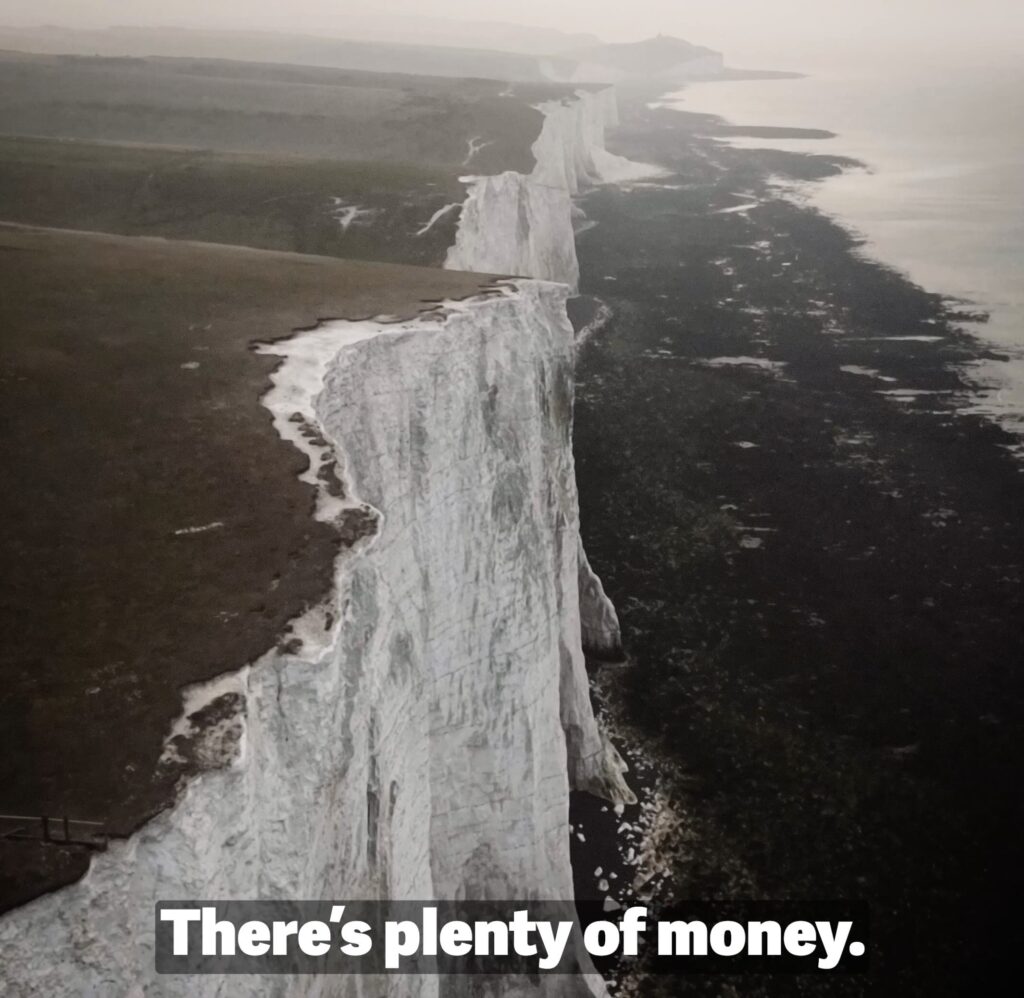
The white cliffs of the south coast are some of the most powerful visual symbols of our country’s landscape and they’ve been hijacked, recast as icons of fortress Britain, and very much owned as symbols of the far right and their claims on their notion of Englishness.
So we took them back.
They’re not just landscape. They’re a symbol. A visual metaphor.
Zack walks the beach alone at 4am, in front of these cliffs. He talks about, “holding the line.” That isn’t just a phrase. It’s a thread of symbolism that runs through the entire film.
The cliffs themselves are that line — a physical and cultural threshold. The edge of a nation, yes. But also the edge of what we are, and what we’ve let ourselves become.
We didn’t film the cliffs as background. The drone shots were deliberate. The cliffs weren’t just where the story happened — they were what it was about.
The final line of the film appears over the cliffs, stretching into the distance:
“Let’s hold the line — together.”
It’s not just a call to action. It’s an invitation to ask: what kind of country are we? And what will we refuse to become?
The film is littered with other metaphors too – rivers as sewers, walls closing in.
These aren’t decorative. Metaphors are how people understand their world. They shape what sticks. What spreads. What moves us. They’re how politics lands — not just in the head, but in the gut.
(For more on this, see George Lakoff’s Metaphors We Live By.)
Reframing the Greens: From Nature to Human Nature to Systemic Change
One of the film’s aims was to reframe the Greens — not just as defenders of nature, but as a movement that understands what shapes us.
Halfway through, Zack asks, “What’s all this got to do with the Green Party?”
That’s not a tangent. That’s the pivot.
He goes on to say — yes, protecting nature matters — but this is also about human nature. And that’s why the system has to change.
There it is — the reframe. The deeper thread:
ecology → psychology → sociology.
The crisis isn’t just ecological — it’s structural.
And the Greens get that.
The same systems trashing the planet are shaping who we become.
Without this shift, the film is just a takedown.
With it, it becomes something else: a challenge to reimagine how society works — and to remake the whole damn thing.
Cinematic Gravity: Turning Visuals into Political Arguments
We filmed at 4 a.m. for a reason.
That liminal moment — not quite night, not quite day — gave the film stillness, weight, and a sense of reckoning. The coast at dawn wasn’t just a backdrop. It was symbolic. A place to ask:
Where are we? Where are we going? What have we become?
Much of today’s social media content is utilitarian — and rightly so. It’s democratic, immediate, designed to move fast. We could’ve followed that path: layered in headlines, news footage, hard-cut overlays. You could argue that might’ve improved the film. But we made a different call.
We chose cinematic gravity.
Space. Texture. Spirit of place.
Time to think. Time to feel.
I’ve always been drawn to that approach — especially the work Simon Baker did in 2017 for Corbyn. Our Town was a reference point. So a big call-out to him.
I used a grainy film-stock effect to add texture — not polish, but pressure. A handful of drone shots gave the film lift and breath. Not to impress — but to let the argument breathe.
If you want people to feel the stakes are real, the visual language has to carry that truth.
Final Thoughts
Did I mention this is my first blog? Might as well start with a fight.
And a fight it is — only this one’s invisible.
I call it the narrative war.
Not fought with guns but with symbols and stories, it is a war over meaning, memory, and who gets to define reality, and this film wasn’t just a political act, it was a strike in that deeper war.
More is coming, not just content but craft, the choices, the tactics, and if this speaks to you share it, not for reach but for resistance, and if you want tools with teeth to fight smarter not louder then sign up.
